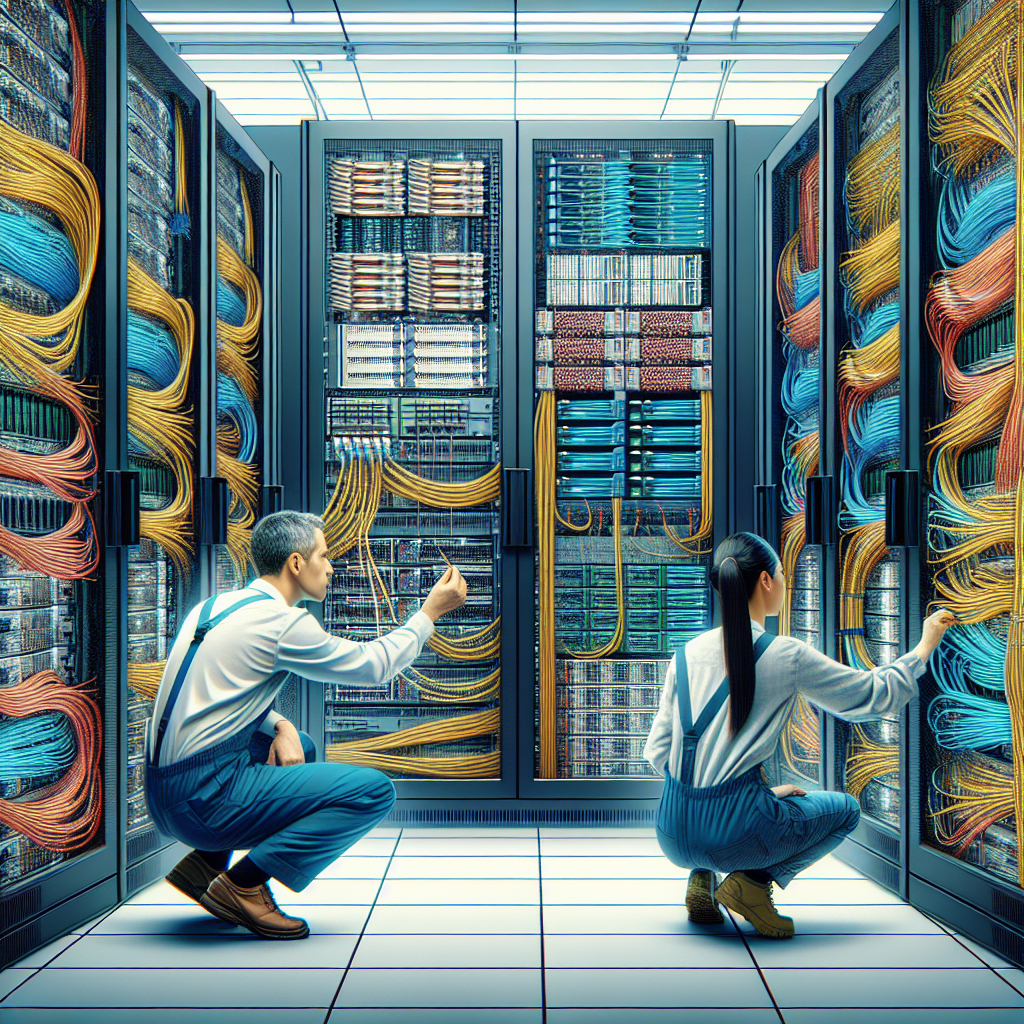In today’s digital age, data centers play a crucial role in the operation of businesses and organizations. These facilities house the servers and networking equipment that store and process vast amounts of data, making them essential for the smooth functioning of our interconnected world. However, the performance of a data center is only as strong as its weakest link, and one often overlooked aspect that can significantly impact performance is cabling.
Proper data center cabling is essential for ensuring optimal performance and reliability. Cables are the arteries of a data center, carrying data between servers, switches, and other networking devices. If these cables are not installed correctly or maintained properly, it can lead to a host of problems that can hinder the performance of the entire data center.
One of the key ways in which proper data center cabling can improve performance is by reducing signal interference. In a data center environment, there are numerous sources of electromagnetic interference, such as other cables, power lines, and even equipment like air conditioning units. If cables are not properly shielded or routed, they can pick up this interference, leading to data errors and slow transmission speeds. By using high-quality, shielded cables and following best practices for cable management, data center operators can minimize the impact of interference and ensure that data is transmitted accurately and quickly.
Another important factor in data center cabling is cable length. In a large data center with hundreds or even thousands of servers, switches, and other devices, the length of the cables can add up quickly. Excessive cable lengths can lead to signal degradation and increase latency, which can have a negative impact on the performance of the data center. By carefully planning the layout of cables and using the shortest possible lengths, data center operators can help to minimize these issues and ensure optimal performance.
Proper data center cabling can also improve airflow and cooling within the facility. In a data center, heat is one of the biggest enemies of performance, as high temperatures can lead to equipment failures and downtime. By organizing cables neatly and using cable management tools, data center operators can ensure that air can flow freely through the facility, helping to dissipate heat and keep equipment running at optimal temperatures.
Overall, proper data center cabling is crucial for ensuring the performance and reliability of a data center. By following best practices for cable installation, management, and maintenance, data center operators can minimize signal interference, reduce latency, and improve airflow, leading to a more efficient and reliable data center operation. Investing in high-quality cables and taking the time to plan and implement a well-organized cabling infrastructure can pay dividends in terms of improved performance and reduced downtime in the long run.


Leave a Reply